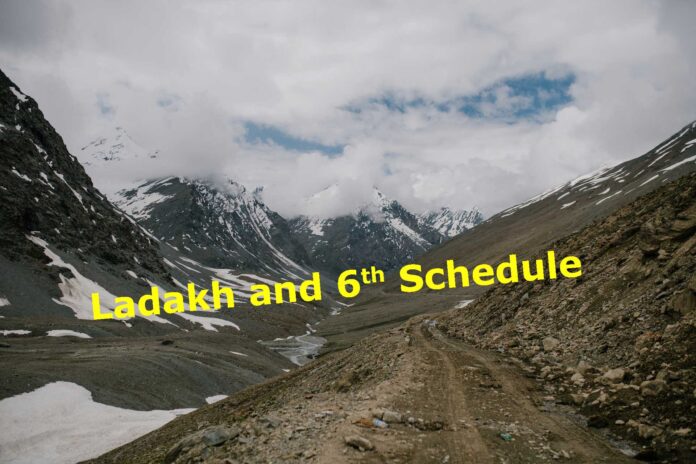Ladakh is a region in the northernmost part of India that shares its borders with China and Pakistan. In August 2019, the Indian government revoked the special autonomous status of the former state of Jammu and Kashmir, of which Ladakh was a part. And bifurcated it into two union territories, Jammu and Kashmir and Ladakh.
Non-legislative Union Territory
Ladakh is a non-legislative union territory (UT) of India. Unlike Jammu and Kashmir, which is a legislative union territory with its own elected assembly, Ladakh is a non-legislative union territory. Which means that it is governed directly by the central government of India through an administrator appointed by the President of India.
This change in status has had implications for the political representation and autonomy of the people of Ladakh. And there have been calls for the establishment of a Ladakh Autonomous Hill Development Council or a Ladakh Territorial Council to address the concerns of the locals.
Issues with Government
Ladakh, like other regions in India, has its own unique set of issues and challenges with the Indian government. Here are some of the issues that have been raised by various groups in Ladakh with the Indian government:
Political representation and autonomy: Some groups in Ladakh have expressed concerns over the lack of political representation and autonomy in the region, Especially after the bifurcation of the former state of Jammu and Kashmir. There have been demands for the establishment of a Ladakh Autonomous Hill Development Council or a Ladakh Territorial Council to address the concerns and needs of the people of the region.
Demographics and land rights: The revocation of Article 370 in 2019, which granted special status to Jammu and Kashmir, including Ladakh, raised concerns about the impact on the region’s demographics and land rights. There were fears that the move could lead to an influx of outsiders who could acquire land and property in the region, leading to a loss of identity and culture for the locals. The Indian government has implemented laws to prevent outsiders from acquiring land in the region.
Economic development and infrastructure: Ladakh is a remote and underdeveloped region with significant infrastructure challenges, such as poor road connectivity and inadequate power supply. There have been demands for the Indian government to invest in infrastructure development and promote economic growth in the region.
Environmental degradation and climate change: Ladakh is also facing significant environmental challenges, such as the melting of glaciers, water scarcity and soil erosion. There have been calls for the Indian government to take steps to address these environmental issues and promote sustainable development in the region.
People Protesting for 6th Schedule
Cutting across party and religious lines, politicians, and leaders of all religious and social organizations across Ladakh, demanding statehood for the Union Territory and safeguards for the people of the region under the Sixth Schedule of the Indian Constitution.
What is Sixth Schedule of the Indian Constitution
Sixth Schedule areas are given a significant degree of autonomy and have their own district councils that have legislative, executive, and financial powers to govern the region. The district councils are empowered to make laws on a range of subjects. Such as land, forests and social customs, and have control over the utilization of local resources.
The Sixth Schedule was added to the Indian Constitution in 1951 to provide for the administration of tribal areas in northeastern India while preserving their cultural, social, and economic rights. It is one of the many special provisions in the Indian Constitution that aim to protect the rights and interests of different ethnic and cultural groups in India.
